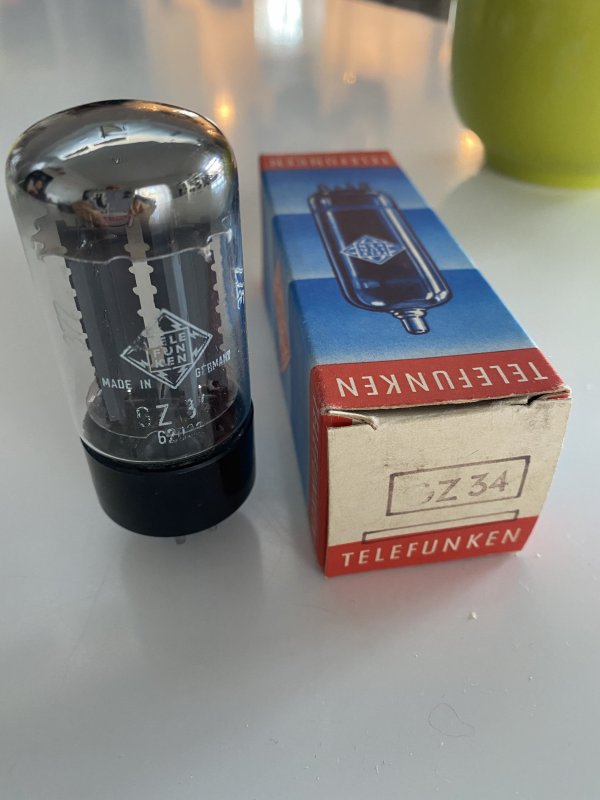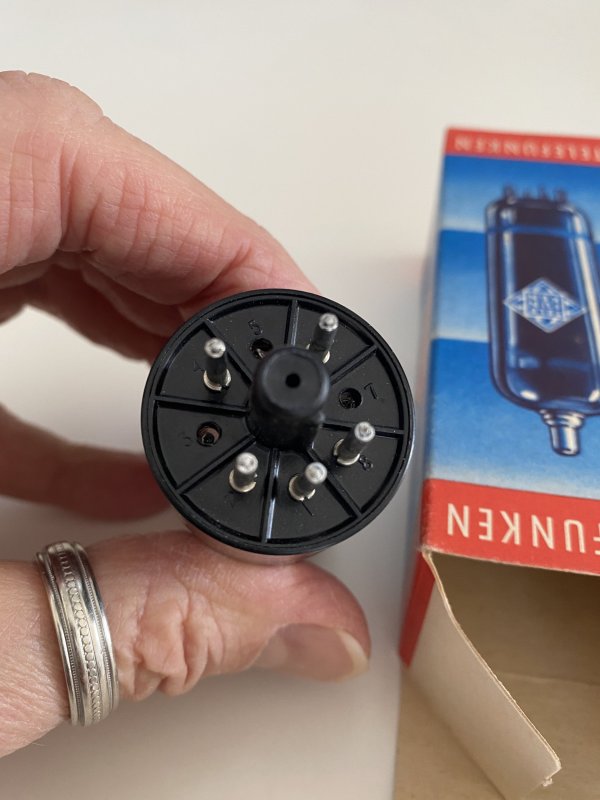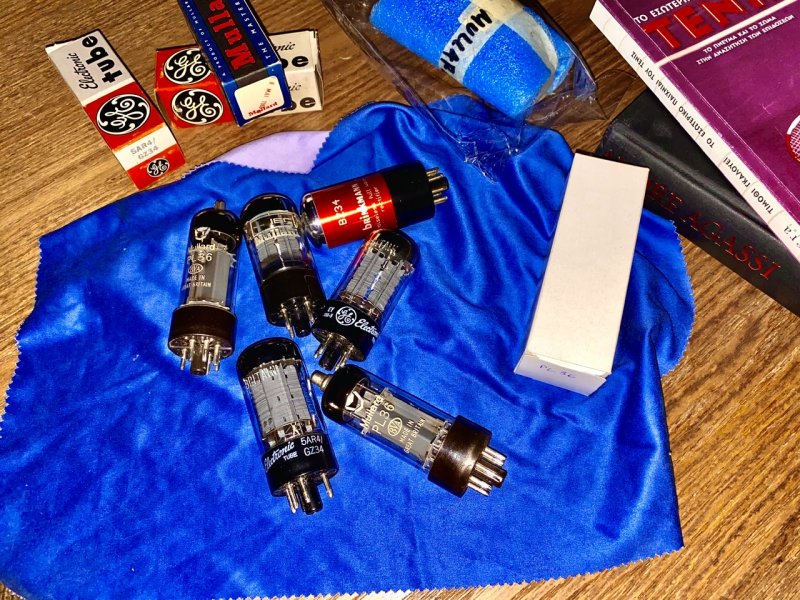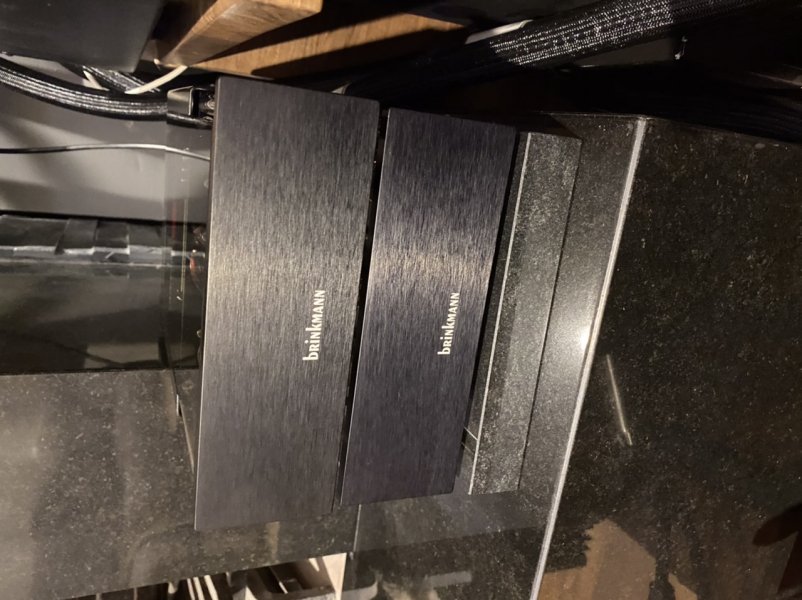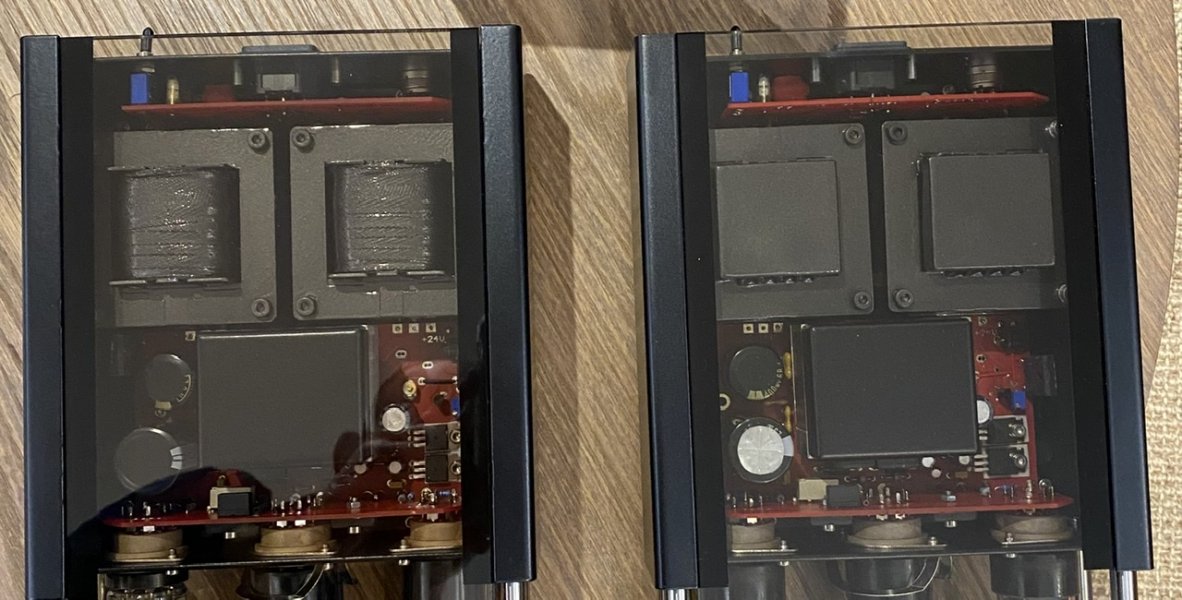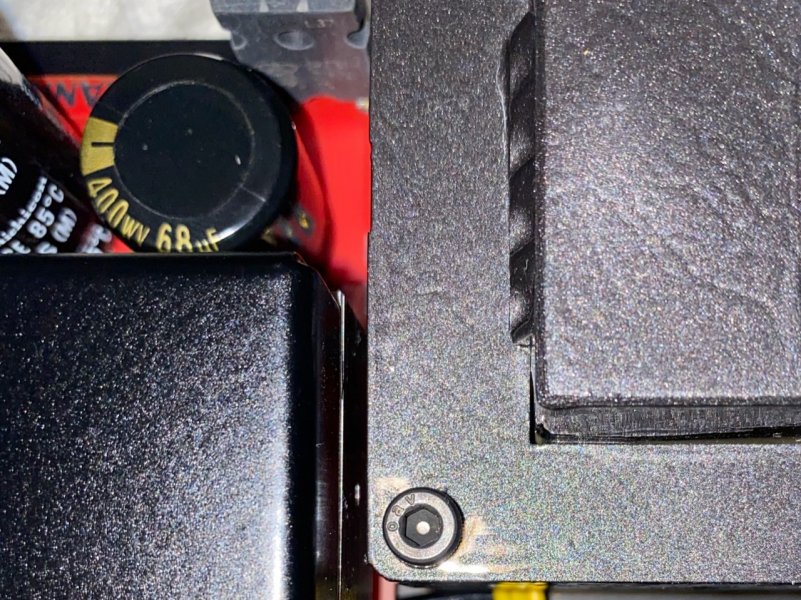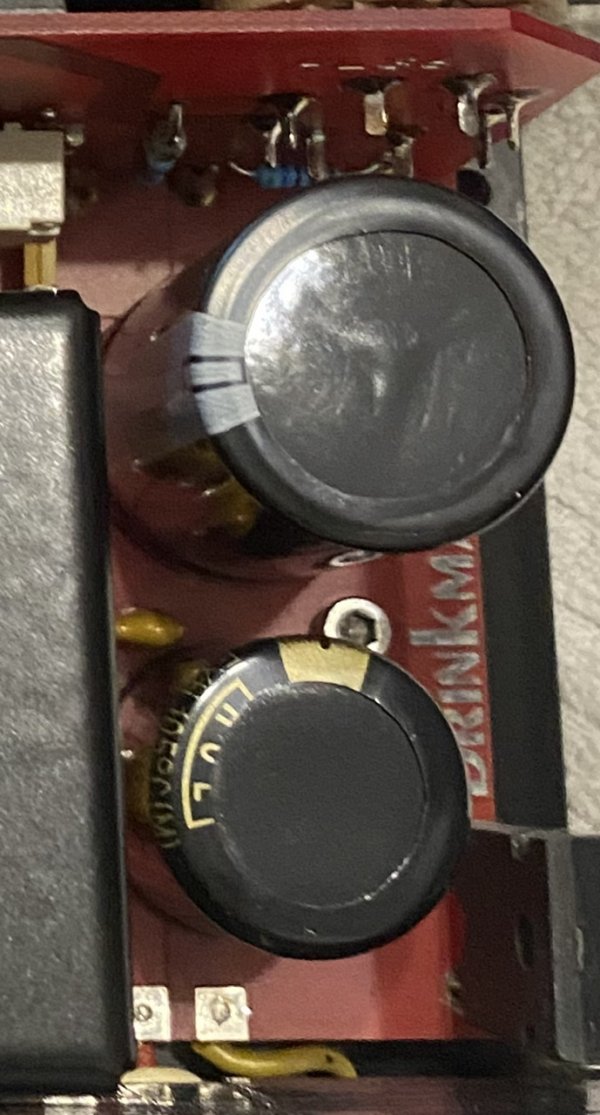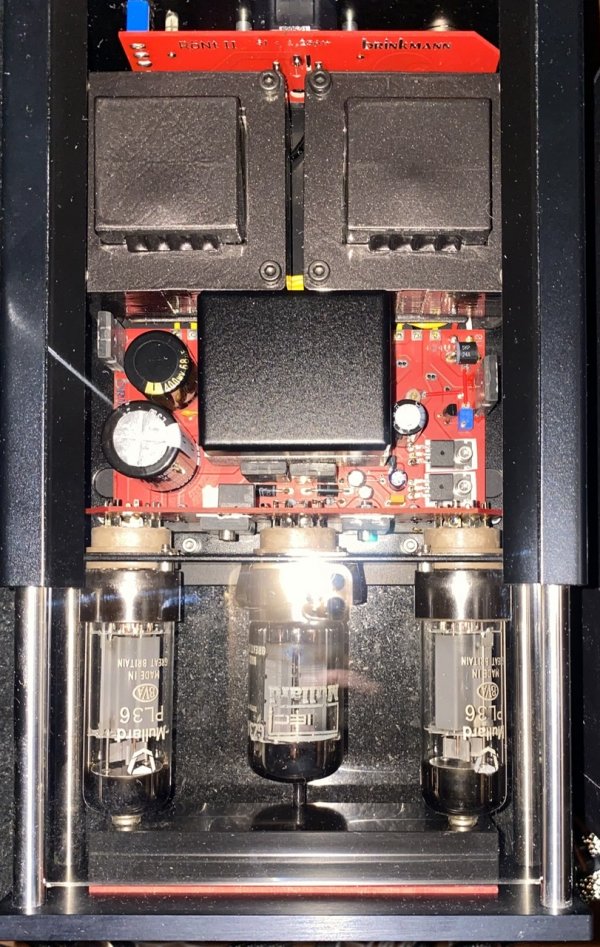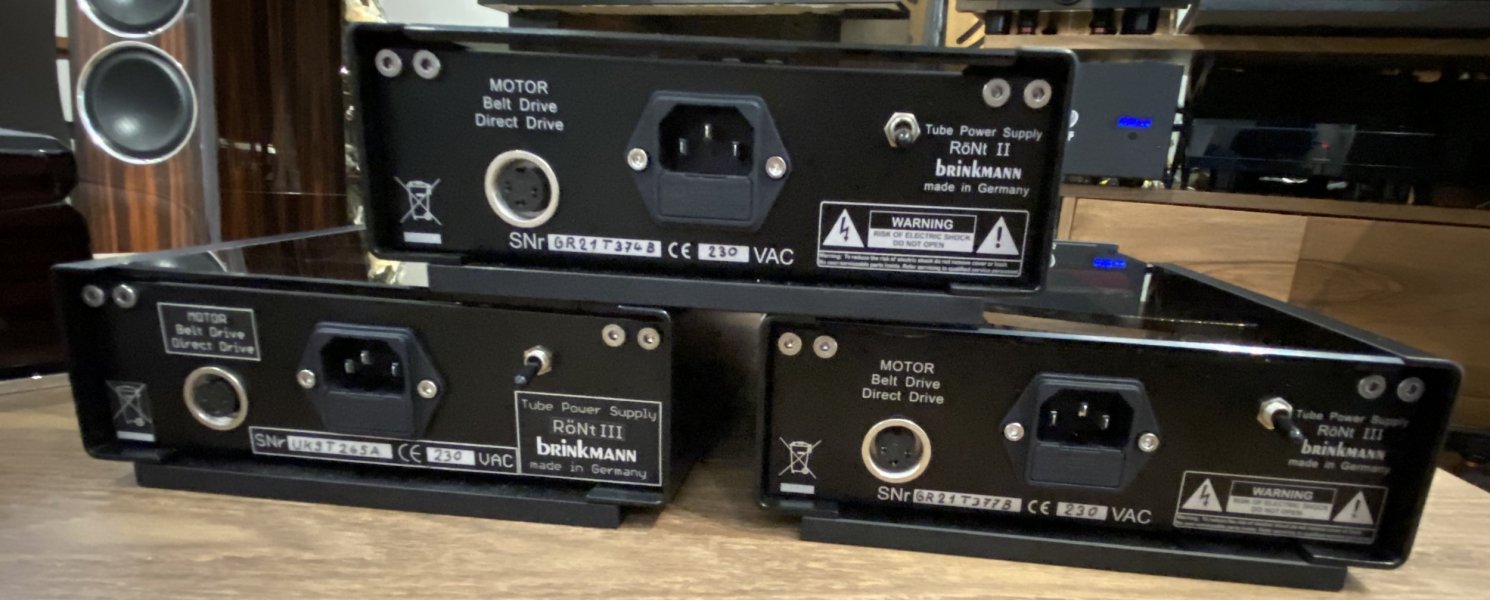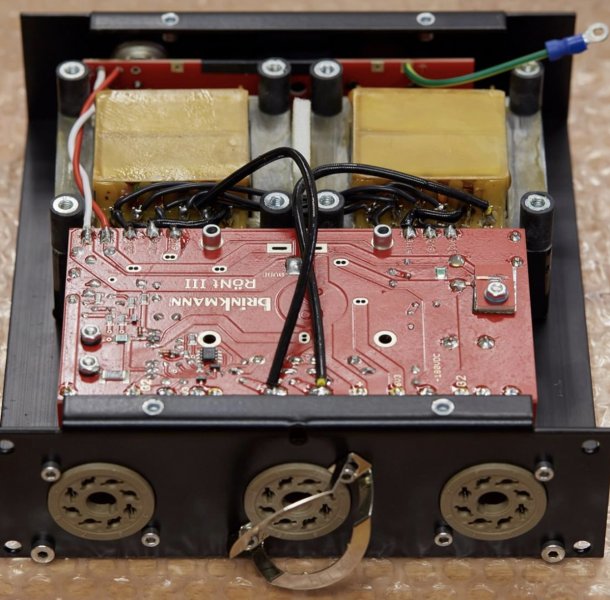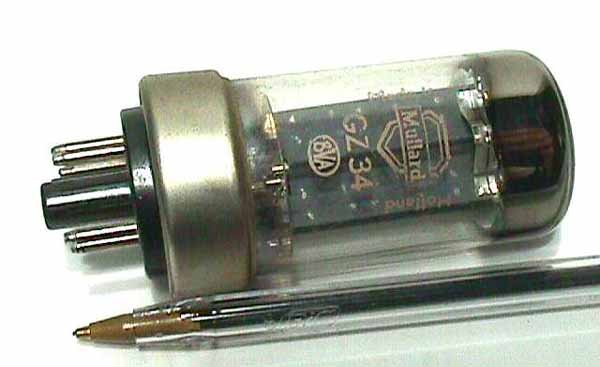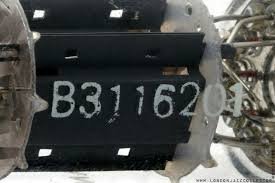I know first hand, how the turntable power supplies are affecting the sound; and how a good power supply can elevate the music in really high levels of pleasure and satisfaction. I have experimented in the past with power supplies of different types and qualities, as well as of different circuits complexities and topologies. It’s unquestionable how the motor controller performance is influenced by the power supply quality.
Dealing with Ront II since July 2020 and especially after replacing the tubes with NOS Mullards , couldn’t think of a better match for Brinkmann Balance.
To be honest, I challenged Sinus and Ront II some time ago; and had to pay 4200 euro, plus inconvenience, backs and forths, not to mention the stress, in order to prove to myself that Brinkmann is unbeatable and superior in all levels.
My Ront II is equipped with two NOS Mullard PL36 and one NOS Mullard GZ34 (5AR4)
View attachment 75153
To be noted that the moment that I replaced the Sovtek, Telefunken and Phillips valves with all NOS Mullard, I experienced a very noticeable sound improvement. I was thinking that perhaps this improvement was due to improved speed stability. Probably the Sovtek rectifier was the weak link.
During this evaluation besides my Ront II, I had to get an early version of Ront II as well as both versions of Ront III in order to evaluate them with different rectifiers combinations.
The early produced Ront II had felt short both in comparison with the latest Ront II and Ront III in all levels (increased measured noise and vibrations as well as soundwise).
Therefore the trial shortlisted between Ront II (version II with covered transformers) and Ront III version I and II.
View attachment 75154
View attachment 75155
I have auditioned all units with both a N.O.S. Mullard rectifier and the new BZ34.
With BZ34, both Ront II and Ront III are providing a rock solid sound with thrust and power, however this rectifier provided considerable less sense of 3-d dimensionality and spaces.
With the Mullard rectifier, the magic of the three dimensional live sound and the sense of live performance was present with this magic tube installed on both units.
I went back and forth many times as I thought that this is crazy. in my mind a rectifier is the component which converts AC power into DC power. is nothing else than just a diode which is allowing electricity to flow towards a single direction only. In addition the rectifier is away from the signal. I don’t know if it’s the V-I curve of the tube power rectifier and whether the reason is the much more rounded "knee" as compared to a solid-state rectifier or the resulted harmonics but the result is audible and unmistakable.
Ront II and Ront III are almost identical with Ront III slightly better on offering slightly less measurable noise and vibration as well as slightly better speed accuracy and stability
Between Ront III version I and version II didn’t notice an audible or measurable difference.
I am closing my evaluation on Ront III, by using Brinkmann’s statement ‘ ....Since 1985, Brinkmann’s heaviest turntable keeps on running and running and running ....with legendary quietness ....’ I would only add: ....sounding better than ever ....






